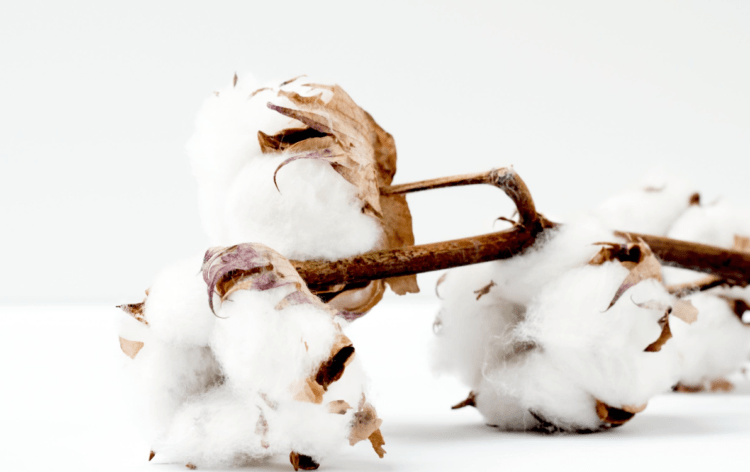Challenges in Cotton Trading: Price Volatility, Supply Chain, and Sustainability

Cotton is one of the world’s most widely traded commodities, used in everything from clothing and bedding to medical supplies and currency. Cotton commodity trading involves buying and selling cotton futures contracts, which represent an agreement to deliver a specified amount of cotton at a future date and price.
There are various factors that affect cotton prices, such as worldwide supply and demand, weather conditions, and governmental policies. Market traders meticulously examine these factors to make informed choices regarding the buying and selling of cotton futures contracts.
Having a solid grasp of market trends and risk management skills can make cotton commodity trading a profitable investment opportunity. However, it can also be a complex and volatile market, with significant price fluctuations and potential for losses.
This article will provide a detailed overview of cotton commodity trading, including the history of the cotton market, key players and factors that impact cotton prices, and strategies for successful trading.
Cotton Trading – Trends and Features
Cotton is a highly traded commodity with a global market worth billions of dollars. The cotton trade involves a complex web of transactions, from the purchase of raw cotton from farmers to the manufacture of cotton products and the sale of finished goods to consumers.
The top cotton-producing countries in the world include China, India, the United States, Pakistan, and Brazil. These countries are also among the leaders in cotton commodity trading, with a significant share of global cotton futures trading taking place on exchanges in the United States and China.
One of the main trends in the cotton commodity market is the increasing demand for sustainably produced cotton. Growing awareness among consumers regarding the environmental consequences of cotton manufacturing, alongside ethical issues including labour rights and fair trade practices, has become a matter of rising concern. As a result, many cotton traders and manufacturers are seeking out sustainably produced cotton, which is often priced at a premium.
Another trend in the cotton commodity market is the impact of government policies on cotton prices. In some countries, governments provide subsidies to cotton farmers or restrict exports in order to protect domestic industries.
Government policies can greatly influence worldwide cotton prices, leading to fluctuations and instability within the market. Cotton commodity trading is characterized by the utilization of futures contracts, enabling traders to purchase or sell cotton at an agreed-upon price and date in the future, serving as a primary aspect of this type of trading. This enables traders to manage risk by locking in prices and protecting themselves against price fluctuations.
The cotton commodity trading industry is known for its substantial price volatility, which can be impacted by various factors such as worldwide supply and demand, weather patterns, and geopolitical occurrences. Traders in the cotton market must be able to analyze these factors and make informed decisions about when to buy and sell cotton futures contracts.
Despite the challenges and risks involved in cotton commodity trading, the popularity of this market continues to grow. Cotton is a vital commodity for the global economy, with a wide range of uses and applications, and the cotton market offers opportunities for traders to profit from changing market conditions and trends.
In conclusion, cotton commodity trading is a complex and dynamic market that is influenced by a wide range of factors. While there are risks involved in cotton trading, there are also significant opportunities for profit and growth for those with a strong understanding of market trends and the ability to manage risk effectively.
Challenges You Should Consider Before Start Cotton Trading
There are several challenges associated with cotton trading that can impact traders, manufacturers, and consumers alike. These challenges include price volatility, supply chain issues, and sustainability concerns.
One of the main challenges for cotton trading is price volatility, which can be influenced by a range of factors such as weather conditions, geopolitical events, and government policies. This can create difficulty for traders in predicting price movements and mitigating risk proficiently. One solution to this issue is for traders to employ hedging techniques, which can aid in safeguarding them against price fluctuations. For example, they may use futures contracts or options to lock in prices and protect themselves against market fluctuations.
Another challenge in cotton trading is supply chain issues, which can impact the quality and availability of cotton. Supply chain issues can include everything from transportation and logistics challenges to quality control issues in cotton processing and manufacturing. To address these challenges, traders and manufacturers can invest in technology and infrastructure improvements to streamline supply chain processes and improve efficiency.
Sustainability is also a major concern in the cotton industry. Cotton production can have significant environmental impacts, including the use of pesticides and water resources. Additionally, labor practices in some cotton-producing countries have come under scrutiny for issues such as child labor and poor working conditions. To address these concerns, many cotton traders and manufacturers are working to promote sustainable and ethical practices throughout the supply chain. For example, some companies are investing in sustainable farming practices or partnering with suppliers who prioritize sustainability and ethical labor practices.
In conclusion, cotton trading faces several challenges, including price volatility, supply chain issues, and sustainability concerns. While these challenges can be significant, they can also be addressed through a range of strategies such as hedging, investment in technology and infrastructure, and promoting sustainable and ethical practices throughout the supply chain. By addressing these challenges, the cotton industry can continue to provide value and opportunities for traders, manufacturers, and consumers alike.


























Comments (0 comment(s))